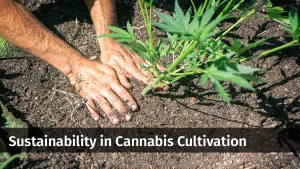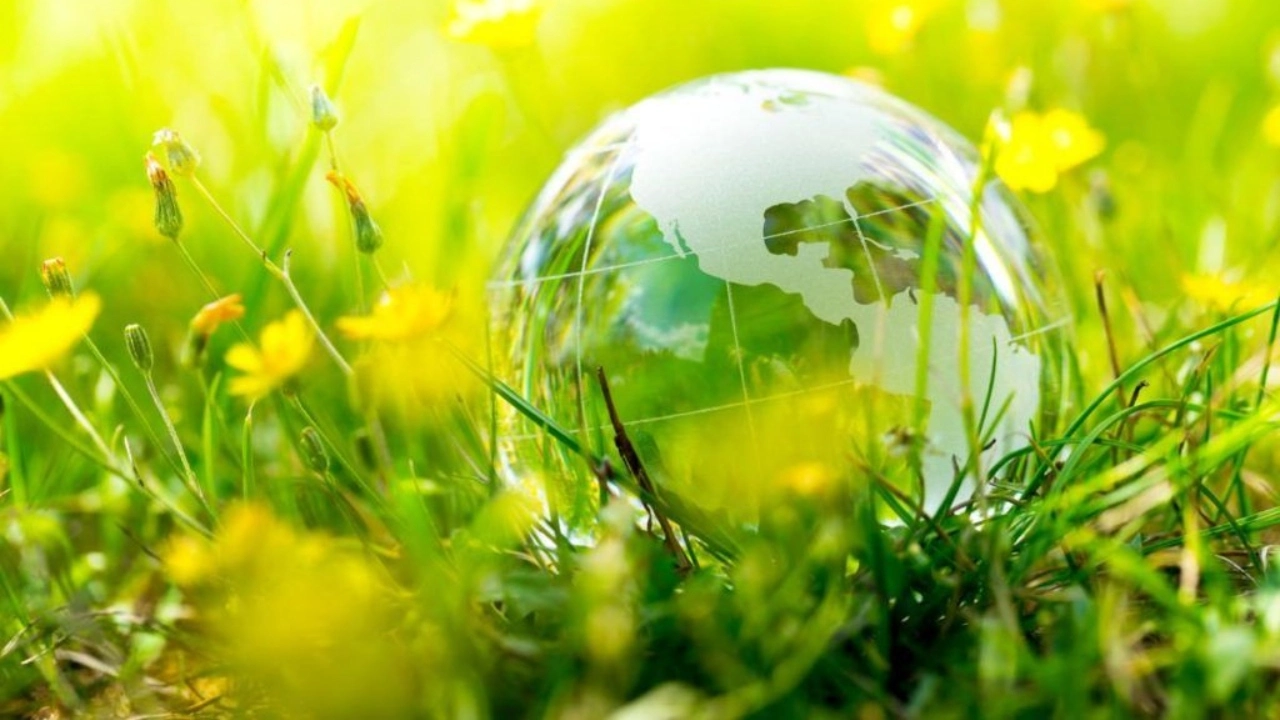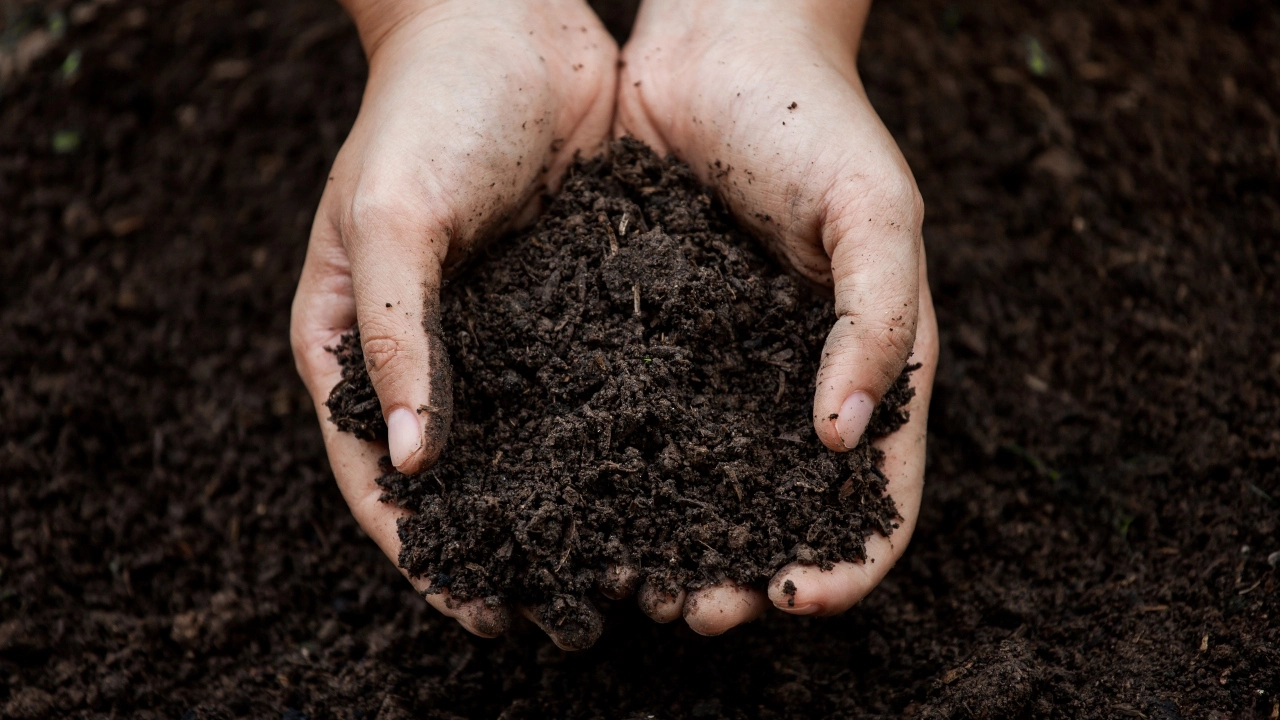 (This is the fifth installment in a series examining sustainability in cannabis cultivation. Read Part 4 here.)
(This is the fifth installment in a series examining sustainability in cannabis cultivation. Read Part 4 here.)
Cannabis growers seeking to reduce energy usage should look at their facilities from a big-picture perspective – in other words, beyond a single factor such as lighting.
Sure, throwing money at an entirely new line of energy-efficient LED lights could dramatically improve the energy bill.
And while that’s part of the equation, it’s only one part.
HVAC, facility design and automated systems all play a role, too.
Michelle Bodian, who advises clients on environmental impacts and health and safety concerns in the Boston and New York offices of Vicente Sederberg, noted that cannabis companies can look to other high-energy consuming industries for guidance.
“We need to acknowledge that cannabis is not a unique snowflake in terms of energy consumption,” she said.
Choose the right building
Bodian advises that cannabis growers choose their locations very carefully and consider how a building, among other things, can be retrofitted and insulated to promote efficient energy use.
A good starting point: Hire an energy expert, typically an environmental engineer, to draft a blueprint for the best facility design for energy savings.
Another strategy is to think of the local power company as a partner.
Power companies will often encourage cannabis companies to draw from the energy grid during off-peak hours, which could lead to significant cost-savings.
“If you work with your energy provider, they’re incentivized to work with you, and there could be a situation where they’re paying you to turn off your operations during peak hours,” Bodian said.
Research insights
Stephen Doig, senior fellow at the Rocky Mountain Institute and a senior adviser at The Arthur L. Irving Institute for Energy and Society at Dartmouth College, is working with a team of engineering students at Dartmouth to study energy usage among cannabis growers.
The team has been evaluating indoor grow facilities in the northeastern United States.
Stay informed with MJBiz Newsletters
MJBiz’s family of newsletters gives cannabis professionals an edge in this rapidly changing industry.
Featured newsletters:
- MJBizDaily: Business news for cannabis leaders in your inbox each morning
- MJBiz Cultivator: Insights for wholesale cannabis growers & vertically integrated businesses
- MJBizCon Buzz: Behind-the-scenes buzz on everything MJBizCon
- MJBiz Retail + Brand: New products, trends and news for cannabis retailers, distributors and marketers
- Hemp Industry Week: Roundup of news from hemp farming to CBD product manufacturing
- And more!
“We’re looking at it from a whole-system perspective,” Doig said, meaning what the plant needs, the lighting system, HVAC, irrigation and more.
“You may spend more up front, but lights pay back very quickly,” he said.
“If you’re sticking with HPS (high-pressure sodium) now, you’re causing yourself all types of trouble because of the heat management.”
Not only do LEDs use energy efficiently, but they also create less work for the HVAC system.
“The No. 1 way to reduce energy usage would be using efficient lights,” Doig said. “That takes the amount of heat down per unit of light you get.”
Next in line is the HVAC system, which should be capable of adjusting to heat and humidity.
Doig recommends a system that is responsive particularly when the lights are off and the temperature is changing.
His team is also studying “free cooling” as a method to help save energy .
That means in a climate such as Colorado’s, where the temperature generally drops at night, greenhouse growers would filter in cool evening air instead of running air conditioners.
All the techniques and technology Doig’s team is researching could reduce energy usage by 40%-70% across the operation, all while not negatively impacting yields, he said.
Automation solutions
Corinne Wilder, vice president of global commercial operations for Fluence Bioengineering of Austin, Texas, agreed with many of the points about lighting.
While energy efficiency is an important part of improving the carbon footprint of the cannabis industry, she said, more attention should be paid to sustainability in all its forms.
Wilder also suggested that growers focus more on automating parts of the process that could lead to energy waste.
“There’s an incredible amount of energy used in these small spaces to grow this product,” she said.
Sensors throughout the grow can be connected to smartphone applications and software that monitor temperature and humidity and water levels, for example.
Automating the supervision of these areas prevents humor error as simple as leaving the lights on too long.
Wilder estimates an automated control platform could save 15%-20% of energy usage.
“Efficient technologies and controls really are the next level,” she added.
Bart Schaneman can be reached at bart.schaneman@mjbizdaily.com.





